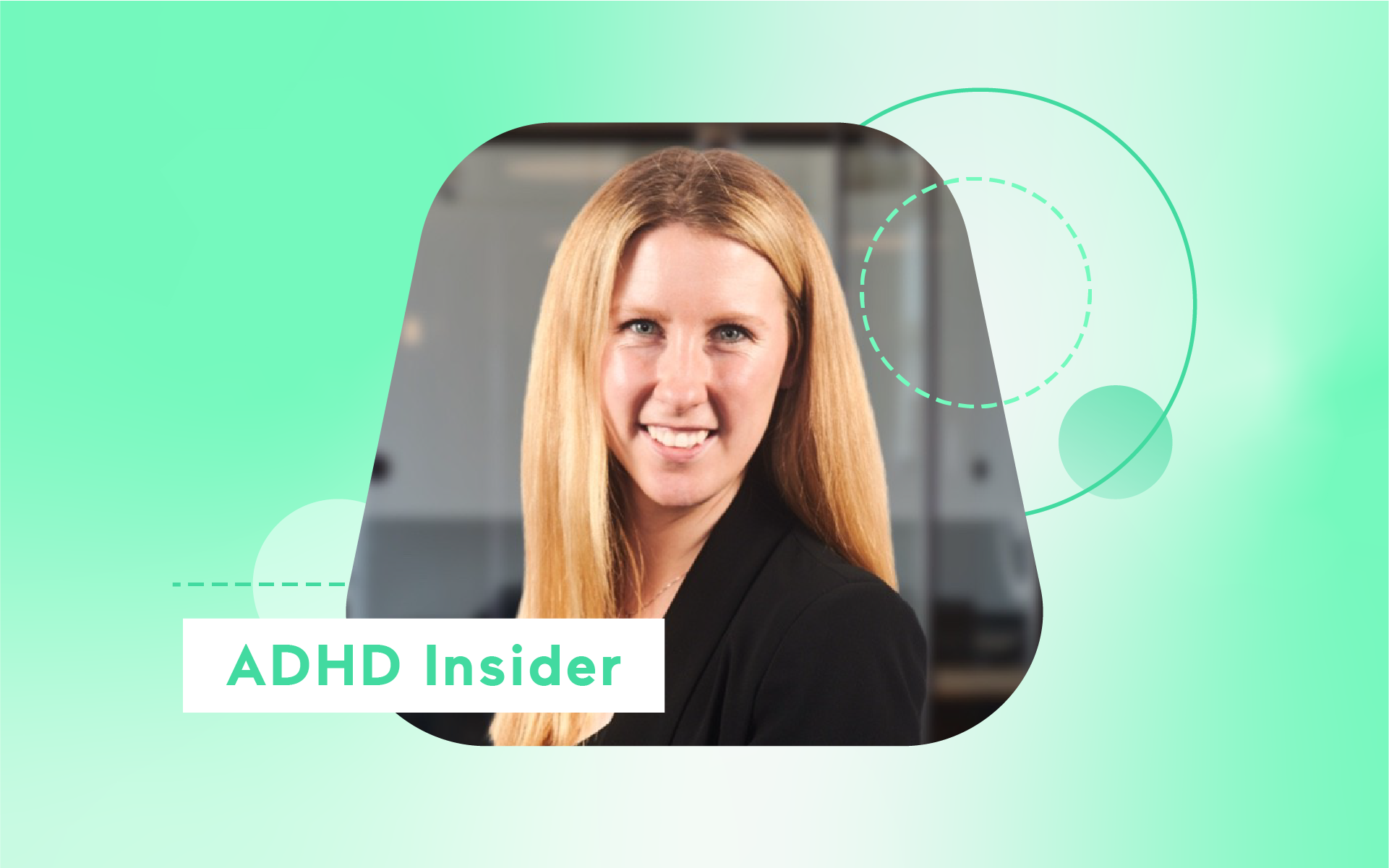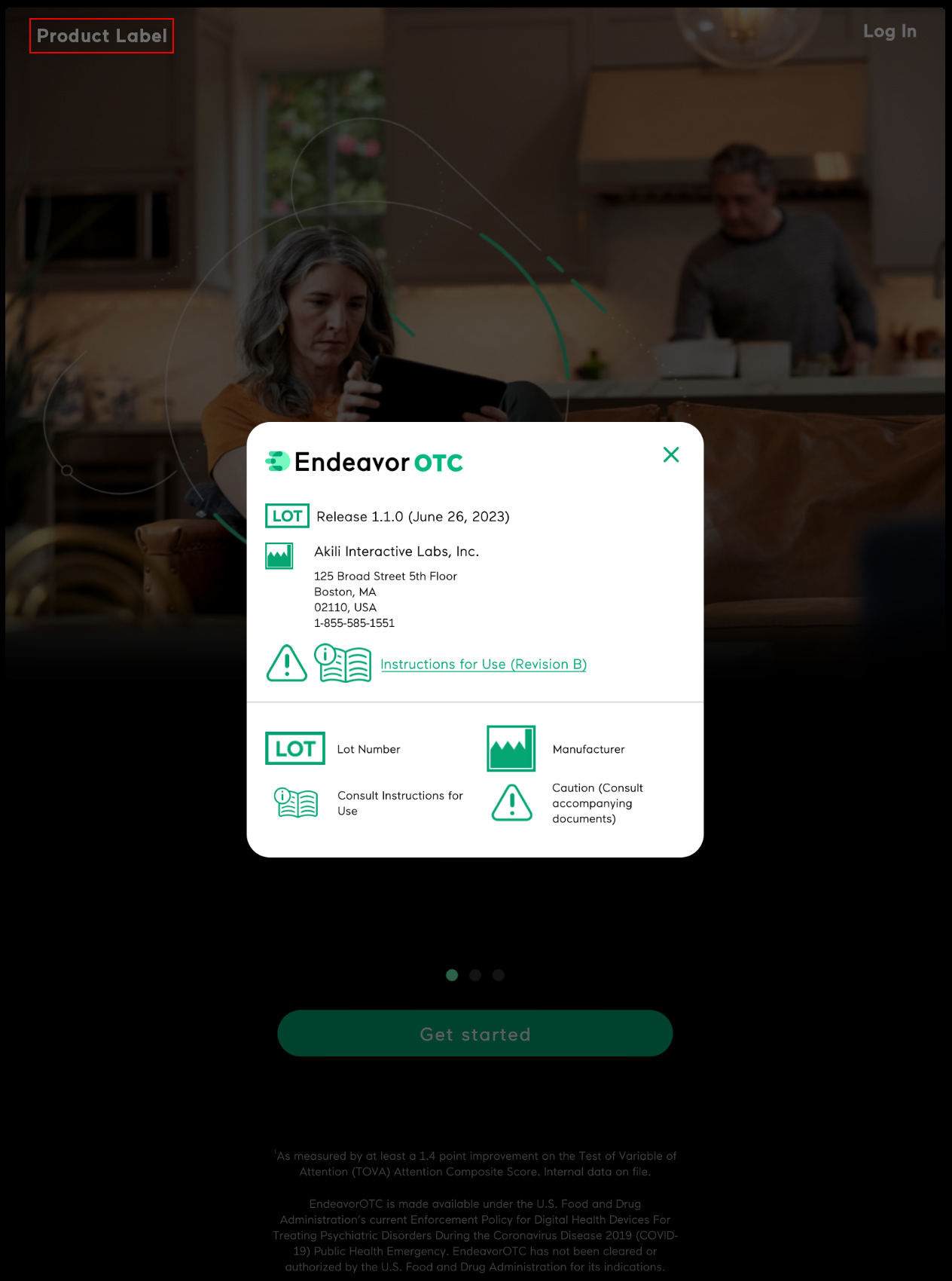ADHD Insider: This or That? A Not-So-Fun Game to Play When Treating ADHD with Stimulant Medication

Hello my neurodivergent friends! In today’s ADHD Insider, I would like to shed light on a phenomenon I call “this or that” as it pertains to treating ADHD with stimulant medication or doing…. other really important things.
To be clear right off the bat, while I am an EndeavorOTC user, I am also prescribed stimulant medication and have taken stimulant medication for a number of years (on and off). Beyond that, I believe in the efficacy of stimulants and the importance of stimulants as a first line treatment for ADHD. It is a common misconception that EndeavorOTC is intended as a replacement for medication, there are ample use cases for EndeavorOTC that include pairing with stimulant medication. In fact, in our clinical trial, adults on stimulant medication (which were just about 40% of the participants) saw a 96% improvement in focus. But I digress, as you are not here for me to talk about EndeavorOTC.
Whew. Sorry about that. So, stimulant medication is important in many cases. However, it can be extremely limiting in many cases as well – ways that I never knew about until they happened to me (or, admittedly, until someone explained them to me). I would like to share some of these “this or that” situations so you are prepared for your own treatment journey.
Stimulant medication or pregnancy?
It was the year 2022, I was a 30-something woman with ADHD finally feeling somewhat in control of my actions, my thoughts, and my emotions. In short, I felt like a real functioning human being, due primarily to treatment with stimulant medication. It didn’t occur to me that the moment I was staring down at that positive pregnancy test my main method for symptom relief (and frankly, functioning) would disappear faster than my ability to touch my toes or sleep on my stomach.
Yes indeed, for those not aware, stimulant medication is sometimes not an option if you are pregnant or breastfeeding. That said, there is no one-size-fits all approach to managing ADHD during pregnancy and that decision requires balancing the potential risks of medication exposure with the challenges of managing ADHD symptoms. In any event, these are important things to consider, perhaps even before you get pregnant so that you feel prepared and have a management plan with your healthcare provider that you are comfortable with. I did not do that. I came off of 40mg of a stimulant medication in the blink of an eye and to say it did not go well would be an understatement.
I will repeat: The decision to use medication during pregnancy and postpartum is not a one-size-fits-all answer. Always consult your healthcare provider to decide what’s right for you.
Stimulant medication or international travel?
Though this might sound slightly hyperbolic, if you take stimulant medication you need to consider your options for traveling internationally. As an example, any stimulant containing amphetamine is a controlled substance in Japan and can’t be imported into Japan (even for ADHD treatment purposes). If you are traveling to Japan, you may need to leave your stimulant medication behind.
The same is true for various countries in the Middle East, Asia, and Southeast Asia which ban or restrict ADHD medications commonly prescribed in the United States. There are other places you may travel, such as Europe, where taking stimulant medications may be an option but you need to ensure you have the right documentation and medication labeling. The CHADD organization (Children and Adults with Attention-Deficit/Hyperactivity Disorder) has this helpful resource for other considerations. Know before you go, as they say!
Stimulant medication or sleeping without a mouthguard?
Again, a bit hyperbolic. I think I will stop using this disclaimer as we’re getting the point. Many people may know that one potential side effect of stimulant medication is jaw clenching, referred to in the medical community as “bruxism.” It’s a fairly common misconception that bruxism only occurs during the day after taking medication, but the truth is that it commonly happens at night even after the effects of stimulants wear off.
That can result in any number of things including headaches, jaw pain, and if you are someone like me (who, unfortunately, has a number of fillings from the dental-hygiene-rebellion of her youth) broken fillings. Before stimulant medication, I had reached the pinnacle of dental care in my life; I received an A+ from my hygienist at every dental appointment. After starting stimulant medication, a few consecutive visits uncovered a broken filling and eventually my dentist recommended I sleep with a mouthguard at night.
It took longer than I’d like to admit to accurately attribute this to my medication. Now, as there have been times where I am not using my stimulant medication, I can confirm that the two are directly linked. A mouthguard is not the worst thing to deal with, but it’s not the best and it’s certainly not something I needed previously. Sleeping with a mouthguard is also not something I realized would be yet another side effect of treating my ADHD. Somewhat of a “but wait, there’s more!” situation.
And here’s the real magic of ADHD Insider: my dental and medical providers have helped me conclude it was stimulant medication at the root of my bruxism. However, it was clarified by my medical and scientific colleagues that just my ADHD diagnosis alone has increased my risk of dental issues, including bruxism.
The link between ADHD and dental issues has been demonstrated in numerous studies, although many focused on children and adolescents (like most ADHD research).1,2 One particular study conducted on children and adolescents concluded, “These data suggest that children and adolescents with ADHD present with worse oral health conditions and need greater attention from dental professionals and those responsible for their diet and oral hygiene.”1
Stimulant medication or professional athletics?
Ok, I had to be told about this one. I was not an NCAA athlete and I am certainly not (and never have been) a professional athlete. That said, we recently hosted a panel with Michelle Carter, who took us through her journey of being a high school track and field star in women’s shot put, a collegiate athlete, and finally a gold medalist olympic athlete.
Michelle was diagnosed with ADHD as a young girl and is acutely aware of the “this or that” dilemma many athletes are faced with: “do I treat my ADHD with stimulant medication or compete as a professional athlete?” The fact is, it shouldn’t have to come down to treatment or your athletic career. That is why, and forgive me the product plug, we need more treatment options outside of stimulant medication. There are non-stimulant medications, of course, and now there is a digital therapeutic as well.
What’s the solution?
For the purposes of “this or that” it’s helpful to know these considerations in advance as you move through your treatment journey with stimulant medication. And, of course, one of the reasons I am so passionate about EndeavorOTC, is because it can be an option when I can’t continue my medication, such as with my pregnancies or when traveling abroad.
